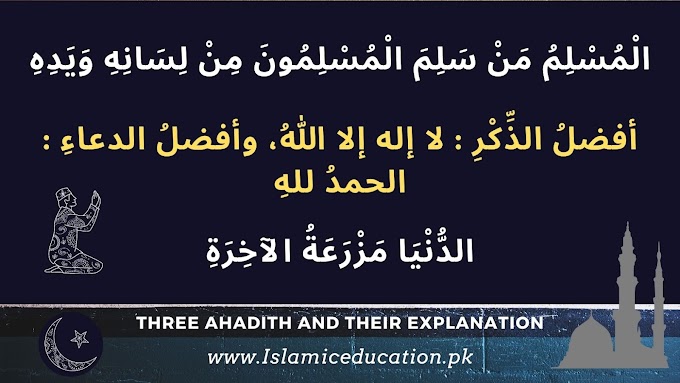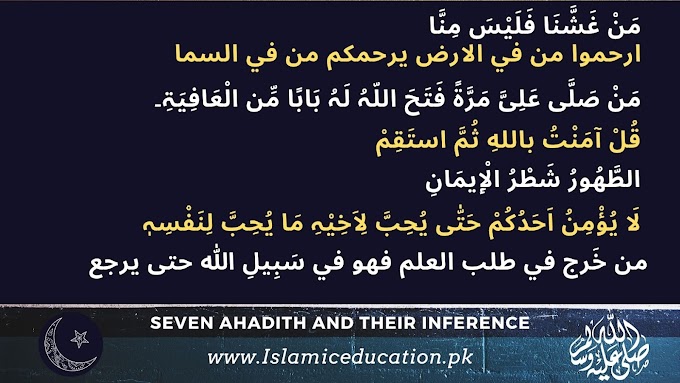Introduction
Mehmood of Ghazni, also known as Mahmud of Ghazni, was a
powerful ruler and military leader who ruled the Ghaznavid Empire in the 11th
century. He is known for his numerous military campaigns in the Indian
subcontinent, which brought a significant portion of it under his control and
made him one of the most powerful rulers of his time. Mehmood's legacy is
closely tied to the history of Islamic expansion in India, and he is remembered
as a brilliant military strategist and a patron of arts and culture.
Early Life and Rise to Power
Mehmood of Ghazni was born in 971 CE in the city of Ghazni,
present-day Afghanistan. His father, Sebuktigin, was the ruler of the Ghaznavid
Empire, a kingdom that controlled parts of Central Asia and present-day Iran,
and Afghanistan. Mehmood was appointed as the governor of Khorasan, a province
in present-day Iran and Afghanistan, by his father and later succeeded him as
the ruler of the Ghaznavid Empire in 998 CE.
Also read: 👉 Who is Akça Hatun? Wife of Sultan Alp Arsalan - Biography in English
Military Campaigns into India
Mehmood is best known for his numerous military campaigns
into the Indian subcontinent, which began in 1000 CE. He led his army across
the Indus River and into the heart of the Indian subcontinent, where he
defeated several powerful Hindu kingdoms and established his control over a
significant portion of present-day Pakistan and northern India. Mehmood's
campaigns were driven by a desire to expand his empire and spread the
Islamic faith, and he is credited with bringing a significant portion of the
Indian subcontinent under Muslim rule.
Mehmood's military campaigns were notable for their scale
and ferocity, as well as for his use of advanced military tactics and
technologies. He was a brilliant military strategist, who was able to defeat
much larger and better-equipped armies, and his campaigns had a profound impact
on the political and cultural landscape of the Indian subcontinent.
Achievements and Legacy
Mehmood of Ghazni is remembered as a powerful and successful
ruler, who brought a significant portion of the Indian subcontinent under his
control. He is credited with establishing a strong centralized government,
which helped to stabilize and expand the Ghaznavid Empire. Mehmood was also a
patron of arts and culture, and his court was a center of learning and
scholarship. He was particularly interested in the study of Islamic law and theology
and was a patron of several religious scholars and institutions.
Mehmood's legacy includes a number of iconic structures and
cultural achievements that still shape the cultural landscape of the region
today. He is credited with building several important religious and
architectural structures, including the Ghazni Minaret and the Tomb of Sultan
Mehmood in Ghazni, Afghanistan.
Conclusion
Mehmood of Ghazni was a powerful ruler and military leader
who played a pivotal role in the Islamic expansion in India. He is remembered
as a brilliant military strategist and a patron of arts and culture. His legacy
includes a number of iconic structures and cultural achievements that still
shape the cultural landscape of the region today. Mehmood's military campaigns
had a profound impact on the political and cultural landscape of the Indian
subcontinent and his legacy will be remembered for centuries to come.
Also read:







